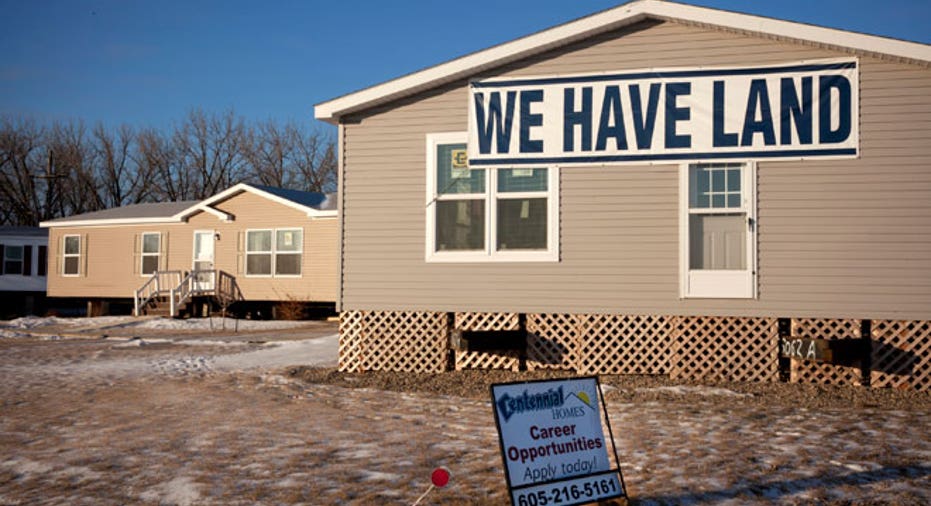If You Need a Home in North Dakota...Good Luck

It’s still a seller’s housing market, and that’s particularly true in North Dakota.
People are flocking to the state to take advantage of its strong energy economy, and the housing market doesn’t have the capacity to shelter the influx.
“It’s not just oil. I’ve been helping people find homes who have been hired in education, technology and agriculture. I’ve literally found homes for people who are moving from all around the country and world,” says John Knosalla, a real estate professional in the state’s Fargo- Moorhead area.
North Dakota didn’t take the hit that most states took in the aftermath of the housing bubble burst. Its unemployment rate never climbed above 4.2% in the years following the 2007 financial crash, and in December 2013 it had the lowest employment rate in the country, at 2.6%. In fact, the state has been home to the most jobs created in the country for five consecutive years, according to the most recent Gallup Job Creation Index.
“The reason for low inventory levels varies depending on the area of the country,” explains Keith Gumbinger, vice president of HSH.com. “Some states, including North Dakota, have what everyone wishes they had: demand. Other areas are still climbing out of the hole and facing low prices. You also can’t discount the bad winter weather.”
“They are pining for framers. New construction costs have skyrocketed because there is so much work and not enough time or people to get it all done. Tradesmen are naming their prices and builders just have to pay it.”
The National Association of Realtors reported in January that inventory across the country fell 9.3% at the end of December to 1.86 million available homes, which is about a 4.6 month supply at the current sales pace. A normal market has about a six to seven-month supply on the market.
But the situation in North Dakota is much worse.
Knosalla, who has been an agent for six years, says demand exploded last year. “The beginning of 2013 is when inventory just dropped -- we were in bidding wars with every offer. Every offer was a competition, and that’s just not typical.” He says his business has doubled every year for the last four years, and last year he closed on 148 homes. The number of contracts he wrote was much higher.
He expects the market to remain tight throughout 2014, and says the “particularly-harsh” winter weather has made it more difficult for builders to meet the thriving demand.
“Digging in the winter is more costly since they have to heat the foundations -- that can add $5,000 to $10,000 to a build, which increases the price for buyers. In the past, builders just waited until spring, but they have the demand to make it worthwhile right now.”
The increased demand has also put a strain on the service professionals needed to complete a house, including framers, plumbers and electricians. “They are pining for framers. New construction costs have skyrocketed because there is so much work and not enough time or people to get it all done. Tradesmen are naming their prices and builders just have to pay it.”
The low inventory levels have also pushed rental prices up in the state. According to reports, Williston, an oil-rich city near the northwest corner of the state, has the highest average rental price in the country. Renters can expect to pay an average of $2,394 a month for a 700-square foot apartment.
Knosalla advises all potential buyers get pre-qualified for a mortgage before they even step foot in an open house. “No one gets out until they are prequalified, even if it’s their first day looking; they could find a property they like and the decision on whether to make an offer has to be made that day.”
And it better be a strong offer. “It’s not always about going way above asking price, it’s being accommodating to the seller, paying closing costs, having no contingencies, doing everything to put the seller in the best position.”
Buyers fortunate enough to secure a house need to pack their patience. Knosalla notes the time it takes to get an appraisal has doubled to 60 days and closing now takes 65 to 75 days when it used to be no more than 45 days. “The trust companies became so backlogged last year that they couldn’t get trusts fast enough on new homes.”



















